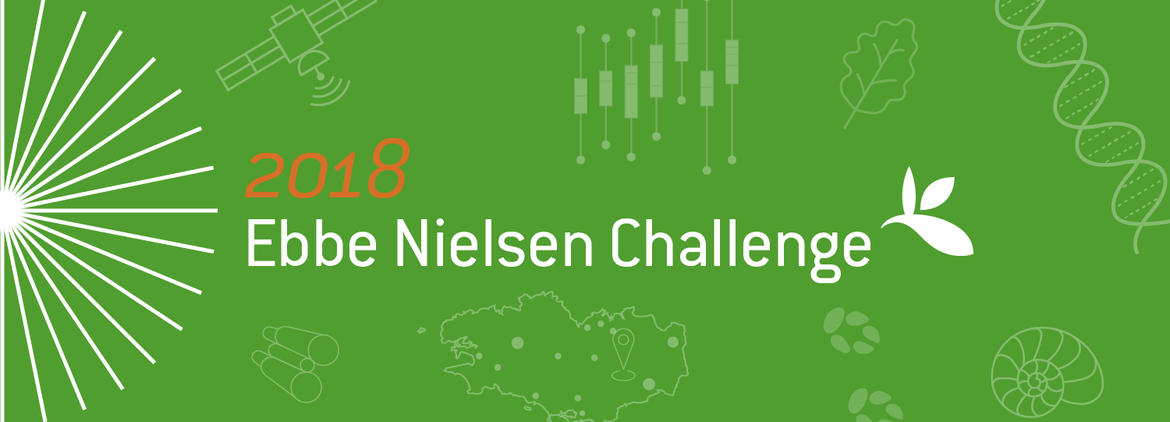 David Shorthouse (@dpsspiders) makes some very cool things, and his latest project World Taxonomists & Systematists is a great example of using automation to assemble a list of the world's taxonomists and systematists. The project uses ORCID. As many researchers will know, ORCID's goal is to have every researcher uniquely identified by an ORCID id (mine is https://orcid.org/0000-0002-7101-9767) that is linked to all a researcher's academic output, including papers, datasets, and more. So David has been querying ORCID for keywords such as taxonomist, taxonomy, nomenclature, or systematics to locate taxonomists and add them to his list. For more detail see his post on the ORCID blog.
David Shorthouse (@dpsspiders) makes some very cool things, and his latest project World Taxonomists & Systematists is a great example of using automation to assemble a list of the world's taxonomists and systematists. The project uses ORCID. As many researchers will know, ORCID's goal is to have every researcher uniquely identified by an ORCID id (mine is https://orcid.org/0000-0002-7101-9767) that is linked to all a researcher's academic output, including papers, datasets, and more. So David has been querying ORCID for keywords such as taxonomist, taxonomy, nomenclature, or systematics to locate taxonomists and add them to his list. For more detail see his post on the ORCID blog.
Using ORCIDs to help taxonomists gain visibility is an idea that's been a round for a little while. I blogged about it in Possible project: #itaxonomist, combining taxonomic names, DOIs, and ORCID to measure taxonomic impact, at which time David was already doing another cool piece of work linking collectors to ORCIDs and their collecting effort, see e.g. data for Terry A. Wheeler.
There are, of course, a bunch of obstacles to this approach. Many taxonomists lack ORCIDs, and I keep coming across "private" ORCIDs where taxonomists have an ORCID id but don't make their profile public, which makes it hard to identify them as taxonomists. Typically I discover these profiles via metadata in CrossRef, which will list the ORCID id for any authors that have them and have made them know to the publisher of their paper.
ORCID ids are only available for people who are alive (or alive recently enough to have registered), so there will be many taxonomists who will never have an ORCID id. In this case, it may be Wikidata to the rescue:
Here for example is a SPARQL query for all taxon authors with no date of deathhttps://t.co/xlgLG0Md3m
— Andy Mabbett (@pigsonthewing) April 6, 2018
(Just hit the big "arrow" button to run it - takes a short while; 16K results)
H/T @WikidataFacts for the query.
Many taxonomists have Wikidata entries because they are either notable enough to be in Wikipedia, or they have an entry in Wikispecies, and people like Andy Mabbett (@pigsonthewing) have been diligently ensuring these people have Wikidata entries. There's huge scope for making use of these links.
Meanwhile, if you are a taxonomist or a systematist and you don't have an ORCID, get yourself one at ORCID, claim your papers, and you should appear shortly in the World Taxonomists & Systematists list.
 Last year I finished my four-year stint as Chair of the GBIF Science Committee. During that time, partly as a result of my urging, GBIF launched an annual "GBIF Ebbe Nielsen Challenge", and I'm please that this year GBIF is continuing to run the challenge. In
Last year I finished my four-year stint as Chair of the GBIF Science Committee. During that time, partly as a result of my urging, GBIF launched an annual "GBIF Ebbe Nielsen Challenge", and I'm please that this year GBIF is continuing to run the challenge. In 
